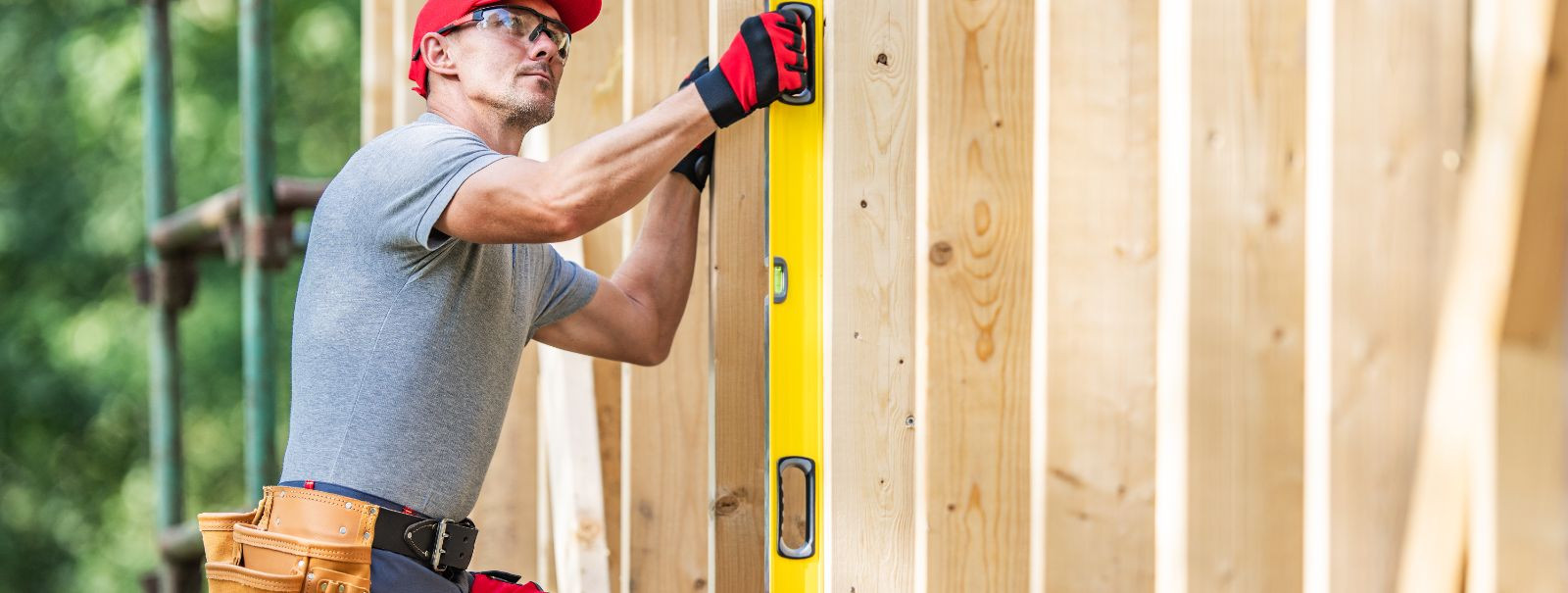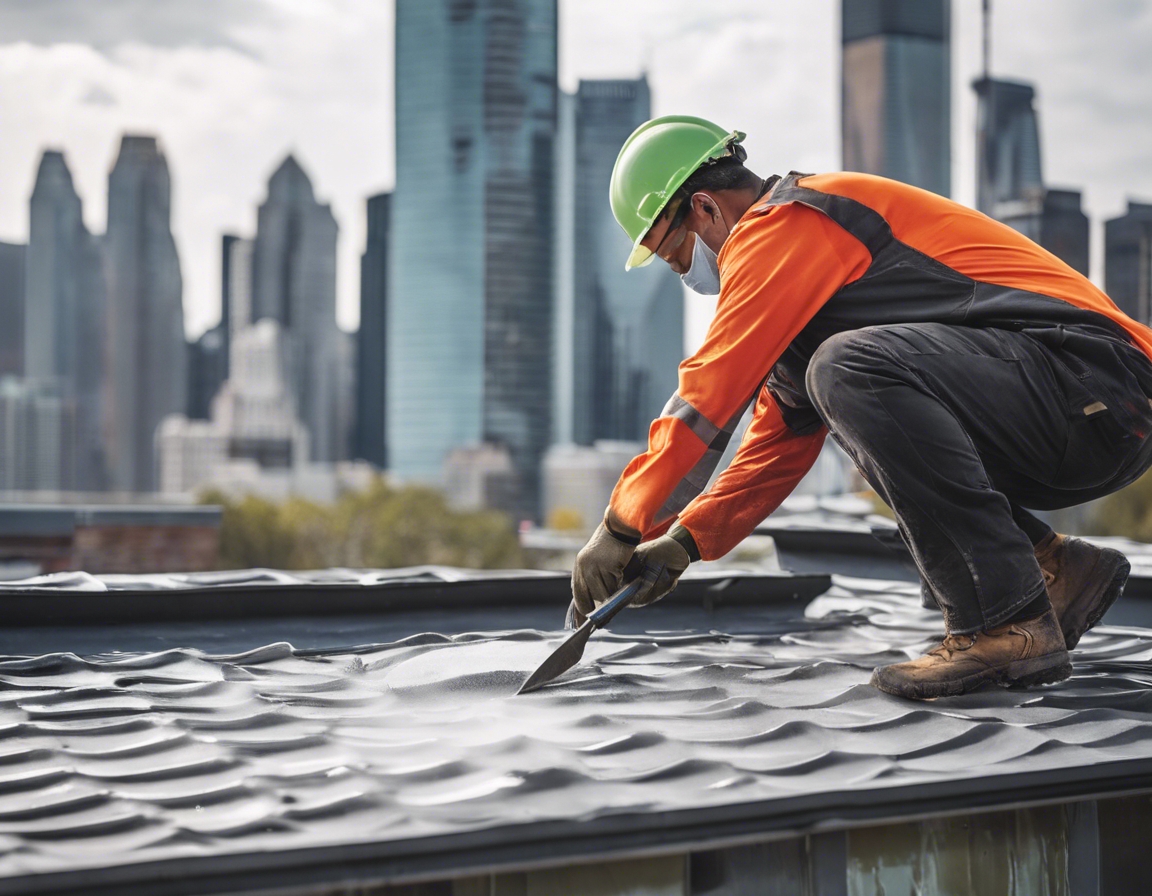5 trends shaping the future of construction
The construction industry is undergoing a significant transformation, driven by a combination of technological innovation, environmental concerns, and evolving workforce dynamics. As we look to the future, several key trends are emerging that are set to reshape the way we build and renovate structures. In this post, we'll explore five trends that are shaping the future of construction, and how they might impact homeowners, commercial property owners, and real estate developers.
1. Sustainable and Green Building Practices
With a growing emphasis on sustainability, the construction industry is increasingly focusing on energy-efficient designs and incorporating renewable resources. This includes the use of solar panels, wind turbines, and geothermal systems to reduce the carbon footprint of buildings.
Green building certifications such as LEED, BREEAM, and WELL are becoming more prevalent, setting the standard for environmentally responsible construction practices.
Biophilic design, which integrates natural elements into the built environment, is gaining popularity for its ability to enhance occupant well-being and environmental sustainability.
2. Technological Advancements in Construction
Building Information Modeling (BIM) technology is revolutionizing the planning, design, and management of construction projects, enabling more precise and efficient workflows.
The rise of 3D printing and modular construction is allowing for faster, more cost-effective building processes with less waste.
Automation and robotics are being increasingly adopted in construction, leading to improved precision and safety while reducing labor costs.
3. Advanced Materials and Building Techniques
Materials like self-healing concrete, which can repair its own cracks, are being developed to increase the longevity and durability of structures.
Composite materials, known for their strength and lightweight properties, are being used more frequently in construction, particularly in areas prone to extreme weather conditions.
As climate change leads to more frequent and severe weather events, construction techniques are adapting to ensure buildings can withstand these conditions.
4. Focus on Safety and Health
The industry is placing a greater emphasis on safety through the use of advanced equipment and stricter protocols to protect workers.
There is an increasing trend towards wellness-oriented construction, which considers the health and comfort of occupants in the design and materials used.
The COVID-19 pandemic has led to new health and safety practices in construction, including social distancing measures and enhanced sanitation procedures.
5. Changing Workforce Dynamics
The construction industry is facing a skilled labor shortage, leading to the development of more training programs and apprenticeships to attract new talent.
Efforts are being made to increase diversity within the construction workforce, recognizing the value of different perspectives and experiences.
Remote work technologies and project management tools are becoming more prevalent, allowing for better coordination and communication among teams.






Comments (0)